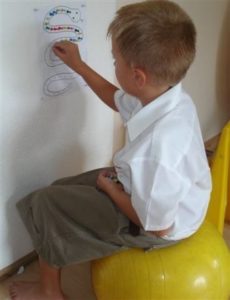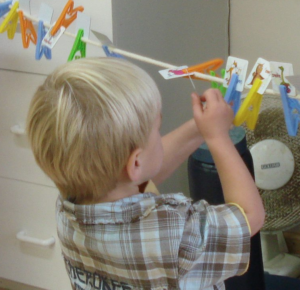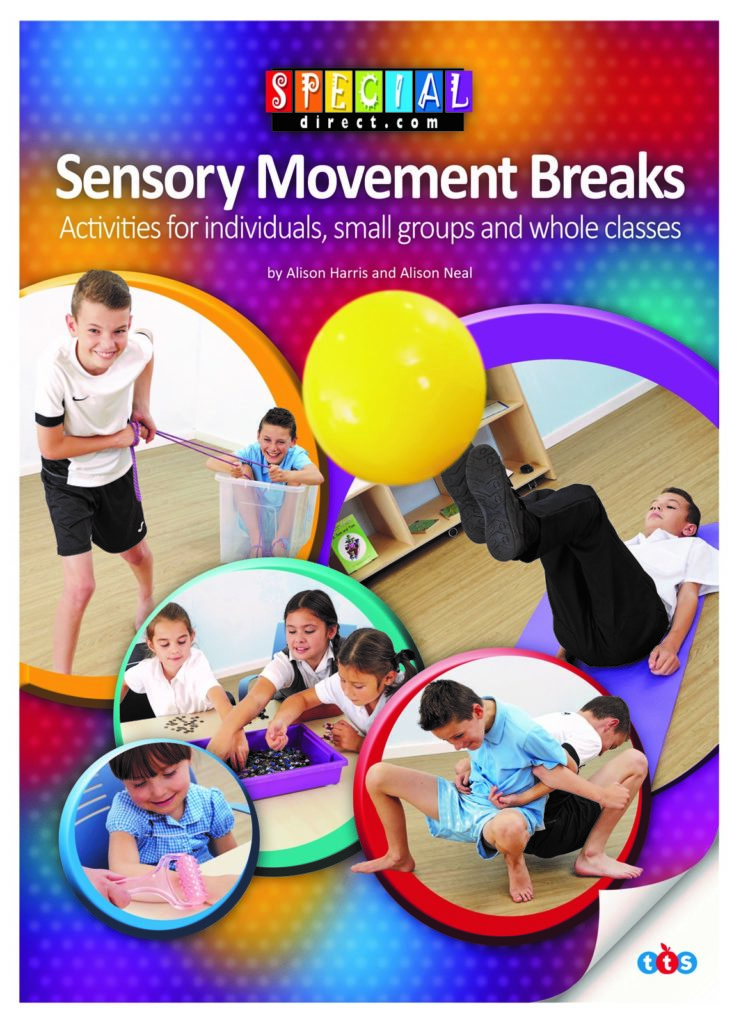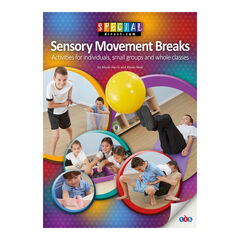You may have heard of sensory diets before but if you haven’t, in this period of real change whilst we are in lockdown, getting to understand what it means may well help life run more smoothly at home for you and your children. This is not only for children who have special needs such as Autism, but for every child – to help them achieve their best, calm, contented state. You may have noticed some changes in behaviour with children being irritable, or restless – maybe more argumentative and angry. This is a reaction to the changes and the demands of having to stay home and tolerate new situations – being together with siblings and parents all the time. Parents can be finding this very hard too!
So what is a sensory diet?
A sensory diet is a variety of experiences received through the senses, designed to help organise an individual’s internal world in order for them to function at their best. Most of us orchestrate a sensory diet for ourselves without even realising we are doing it. We may like to exercise, have quiet times, get out of the house every day, gain excitement through sports or concerts – and also know how to calm ourselves – with a walk, a long bath, cuddles or a glass of wine!
Right now, we need to consider our sensory diets, as the sensory activities we do each day, will definitely help us get through these difficult times. It is important to realise though – everyone’s needs are different – and yours may be quite different from your children, and even their needs are different from siblings.
So what do we do?
Routines are really important at the moment. Falling into day after day of computer games, watching TV, eating through boredom and getting frustrated is not going to help any of us. To develop a sensory diet – think about each individual in your house and consider their unique needs. Some needs may be shared with others – which is really helpful as they can share sensory activities together. Others may need very individualised routines. Then plan activities to be built into the family member’s daily routine to provide the types of sensory input that are helpful and calming, with the aim of assisting them to regulate. Regulate means to achieve the best state for the activity they are engaging in. This can be excited and energetic or calm and relaxed, and anything in between!
Some basics:
- Have a fairly set time for being up and dressed. I know this is a hard task if you have teenagers, but it’s important for them too! It may be that you need to have a discussion with them and make some kind of agreement – two ‘lie ins’ a week and other days to be up at ‘x’ o’clock?
- If you are managing to do some work with your children – this is often best done in the mornings when most of us are functioning in an alert state. Don’t try to work all day – it’s not realistic in a home setting, and also remember that children can learn through all kinds of activity. It does not need to be sitting down at a table!
- Factor in a movement break before you start working. Many people are following Joe Wicks on YouTube, but there are lots of alternatives. You could make a hopscotch, exercise with a gym ball or set up a circuit of smaller activities such star jumps, log rolls, crawling and marching. I’ll explain why movement is so important in just a moment

- Make sure you plan outdoor time – and have some activities outdoors if you possibly can – that you can rotate and use on different days. Using the same game daily soon gets dull and then it doesn’t get used. See later in this blog for some ideas!
- Plan some time when you can be on your own and your family member – child or partner – gets some time without having to interact with others. Planning this into your day can be really helpful for everyone! It may be that you agree a time for playing in a particular room – this could be a child’s bedroom or another space. Set up the room with a specific activity which the child REALLY likes and can do independently. Good examples are construction tasks, playdoh, puzzles and maybe even a specific programme on an iPad for example. Have a set time for this and a set duration so that expectations are clear.
- At school, many young children have a ‘choosing’ time if they have completed work. At home, this can be really valuable too – plan at the start of the day what ‘choosing’ time would be and when.
- Consider having a set visual timetable for the day. Some children will find this very helpful, particularly if they have worked to a visual timetable in school.
- Make sure you get your ‘once a day’ outdoor exercise. Being outdoors and in fresh air makes a huge difference to well-being. You can make it more interesting by looking out for certain items whilst you walk – or spot different birds/cars/how many people you see today.
So why do we need to move?
Movement is a really important part of our day. Have you ever noticed how sluggish you can feel if you’ve been on your sofa all day? Children (and adults) really need to move!
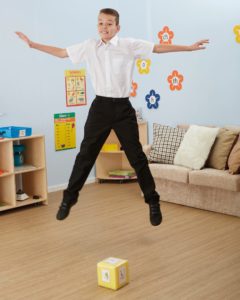
From a sensory point of view, movement increases our brains stimulation of proprioceptive and vestibular information. Proprioception is the sense that enables us to be aware of our body’s movement and position. We get this sensory feedback from our joints, muscles and ligaments. Proprioception works closely with our vestibular sense – which is about balance and direction. Children learn through moving and doing. Just remember how much a toddler moves around and how fidgety many young children are? It’s because their developing brains need lots of this sensory information to learn new skills. We also need these sensory factors to help us self-calm and regulate ourselves right through our life. Remember how you feel after exercising or taking a long walk? Your body feels contentedly relaxed and calm – or that’s the idea!
Proprioception has a calming and organising effect on our bodies. It can help increase alertness and the ability to concentrate as well as decrease anxiety. So can you see how important this is at this time of lockdown? We need to move!
So what can you do? It depends on the age of your child obviously but here are some suggestions:
- On days when you cannot get into the garden or go outside – set up an activity indoors. This could be building a den with sofa cushions, pushing each other around in a cardboard box, jumping off the second or third stair into a big cushion, jogging on the spot for ten minutes, dancing to favourite clips, learning new dance steps – anything from street dance to ballet can be found on the net! It needs to be effortful and ideally get you tired enough to be out of breath!

- In the garden – dig out those old space hoppers and garden games, set up an obstacle course and time how fast it takes to complete it 5 times, fill plastic bottles with water and make a game of skittles, get them gardening – digging, pushing the wheelbarrow, sweeping, filling pots, carrying a watering can. Trampolines can come into their own at this time – but just jumping can get a bit boring – how about put lots of balls on the trampoline and get them to aim at a target by throwing them over the top of the net? Set up a sequence of jumps and bottom bounces, bounce to music, put balloons on the trampoline to tap up in the air whilst still bouncing! Or try a game of crab football.
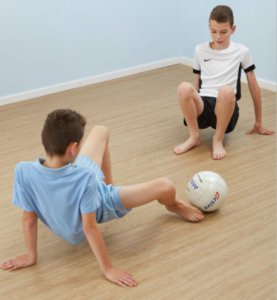
- Even in learning tasks, you can bring in movement. You can peg flash cards or numbers on to a washing line and your child can reach up to retrieve the ones they need; put a colouring sheet on the wall with adhesive tac so they have to stand or sit on a ball and work in vertical; use finger fidgets too as these can really help with concentration.
- You could use visual and movement skills in a game of pairs. Prepare a set of cards with two identical images or you could use a pre-made ‘pairs’ game. Either lay them on a table or put them on a wall at different heights and your child then has to try and find the matching pairs.

All these activities need to be fun and engaging – I hope they provide you with some helpful ideas that you can adapt to meet your own unique needs! Have a sensory fun time!
With thanks to Alison Harris for writing this blog. She co-authored the ‘Sensory Movement Breaks Activity Book’ and works with TTS as a key advisor.
Alison is the Director and Lead Occupational Therapist of The Local Therapy Company.




